Empowering Occupational Therapy Tips for Rheumatoid Arthritis Relief
Living with rheumatoid arthritis (RA) isn’t just about managing flares or remembering your meds—it’s about adapting daily life so your joints can keep up with you. As a Rheumatology Nurse Practitioner, I’ve seen firsthand how powerful occupational therapy tips for rheumatoid arthritis can be. Not only do they make everyday activities more manageable, but they also help patients reclaim independence, which is honestly one of the most rewarding parts of my job. Whether you’re newly diagnosed or a seasoned warrior, there’s always something new to try that might make your day-to-day life smoother and a whole lot less painful.
Understanding the Role of Occupational Therapy in RA

Occupational therapy (OT) is often misunderstood. Some folks think it’s just about finding a new job after injury or illness. But with rheumatoid arthritis, OT is more about preserving your ability to do the things you love—whether that’s brushing your hair, cooking dinner, or even just getting dressed without pain. Therapists focus on helping you adapt, using tools, smart strategies, and sometimes even a total mindset shift. And believe me, those small changes? They really add up.
Why Every RA Patient Should Have an OT on Their Team
It’s easy to think, “I’ve got my rheumatologist, I take my DMARDs, I’m good.” But honestly, having an occupational therapist as part of your care team is like having a secret weapon. They’re trained to identify ways to reduce joint strain, improve your energy conservation, and make home or work environments more RA-friendly. I can’t count how many times a patient came back after just one session saying something like, “Why didn’t anyone tell me this sooner?”
- Joint protection education – Learn how to use your joints in safer ways to avoid further damage.
- Energy conservation techniques – Stop burning out by mid-morning with smart activity pacing.
- Assistive device recommendations – From jar openers to button hooks, these tools can be game changers.
Top Occupational Therapy Tips for Rheumatoid Arthritis in Daily Life
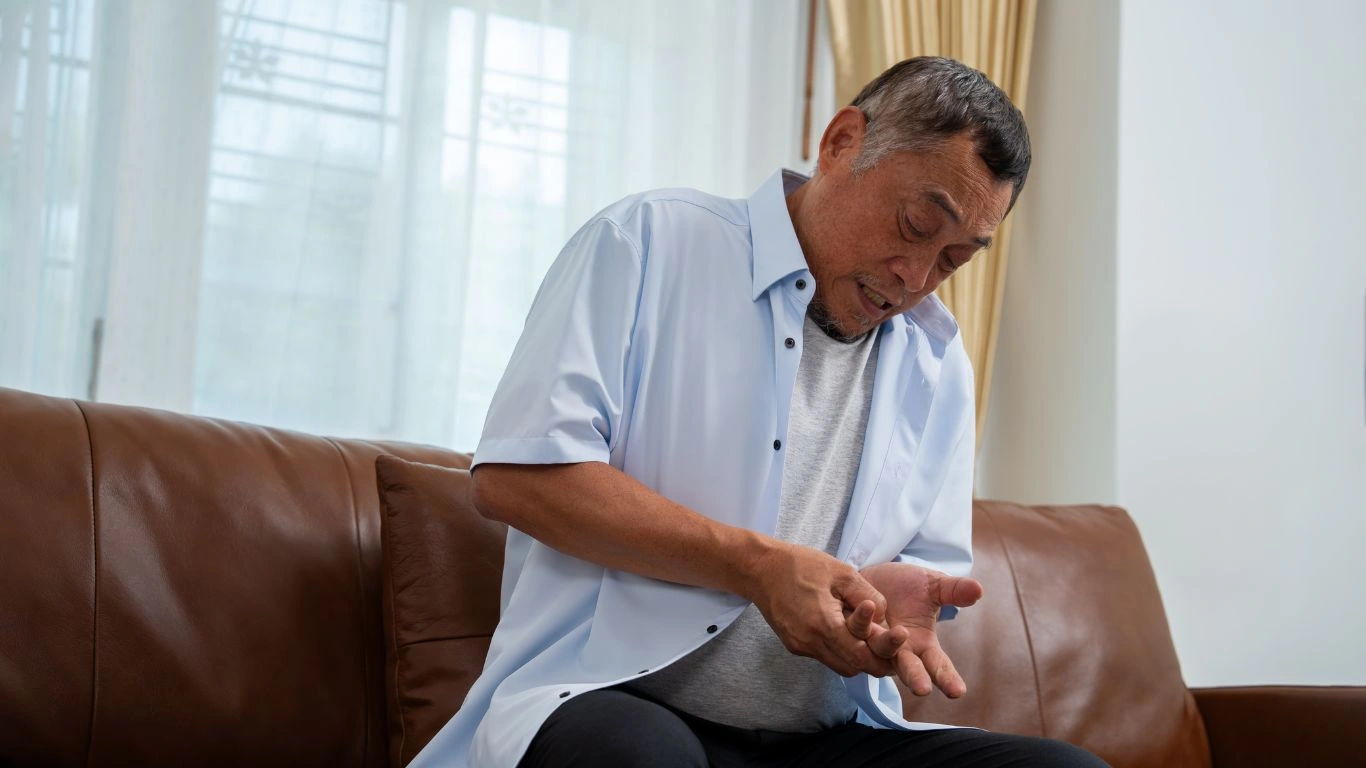
1. Use Larger Joints Whenever Possible
This one’s a classic and for good reason. When you carry your purse over your forearm or elbow instead of using your fingers, you’re shifting the load to a stronger joint. It’s a tiny tweak, but it can prevent pain flares. I actually had one patient who was constantly flaring up from using heavy kitchen utensils—once she switched to ergonomic, lightweight handles, she said cooking didn’t feel like a chore anymore.
2. Modify Your Tools, Not Your Life
Sometimes it’s not about changing the task, but changing the way you do it. Swap out your standard kitchen knife for one with a large, cushioned handle. Use pens that are easier to grip. Even something as simple as an electric toothbrush can reduce stress on those tender finger joints. You’re not giving up on doing things—you’re just doing them smarter.
3. Break Tasks into Smaller Steps
We all get tempted to power through, but that approach rarely works out with RA. Instead, I encourage my patients to break big chores into bite-sized pieces. So instead of cleaning the whole kitchen in one go, maybe just clear the counters now and do the floors later. Your energy—and your joints—will thank you.
- Set timers to remind yourself to take breaks.
- Alternate heavy and light tasks throughout the day.
- Use a written list to stay focused and avoid overdoing it.
4. Respect the Fatigue—It’s Real
Fatigue with RA isn’t just “being tired”—it’s like moving through quicksand. I always validate this with patients, because there’s still too much stigma around resting. One occupational therapist I collaborate with puts it best: “Rest is treatment, not laziness.” Build breaks into your day before you even feel exhausted. Prevention is so much easier than damage control.
5. Organize Your Environment for Success

Keep commonly used items within easy reach. Store heavier items at waist height to avoid unnecessary bending or overhead lifting. In one of my patients’ homes, we rearranged her entire kitchen to put all essentials between shoulder and hip level—and it cut her flare-ups in half. Seriously, half. A well-organized space can completely shift how you experience your day.
Customizing Your Daily Routines for Joint Health
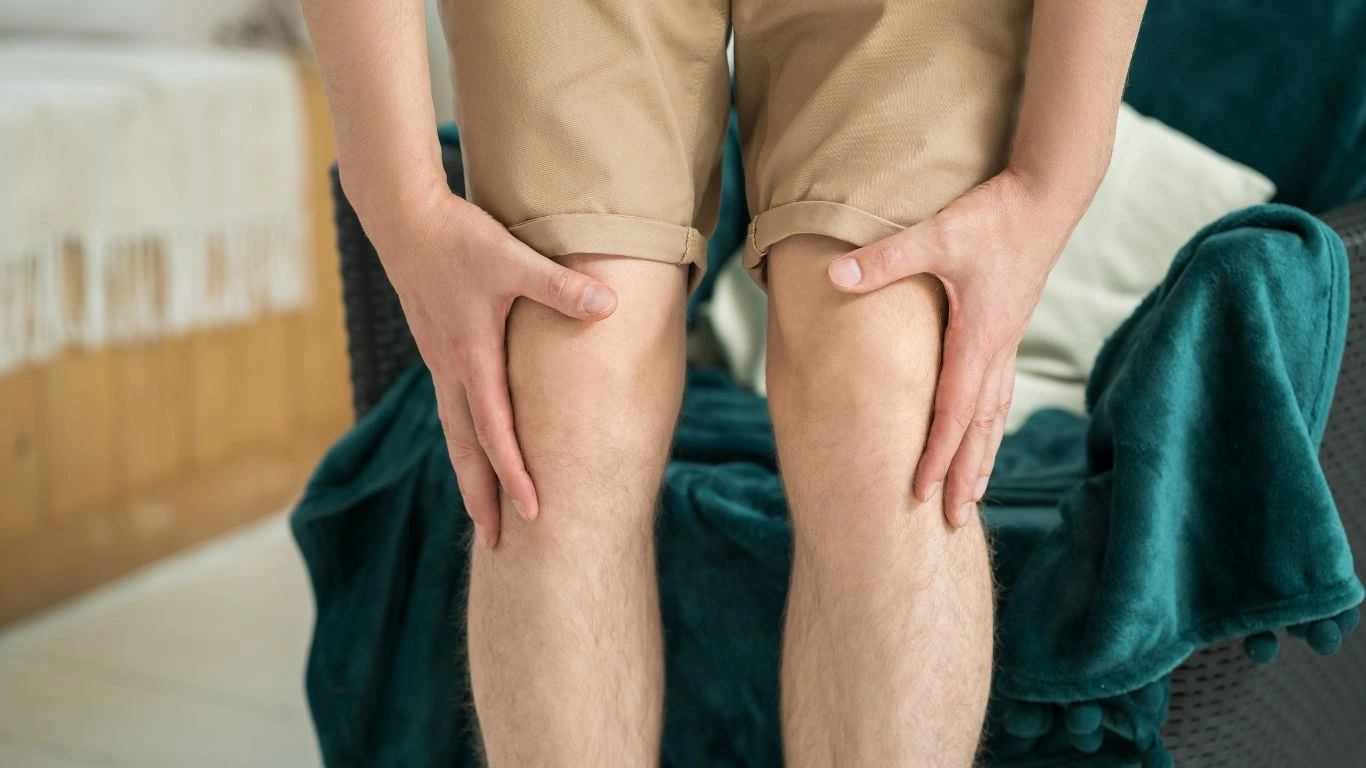
One thing I always tell my patients is this: RA doesn’t care what’s on your to-do list. So we have to get smarter about how we tackle our daily routines. And honestly, it’s not about doing less—it’s about doing things differently. I’ve had countless patients say, “I didn’t realize how much energy I was wasting until I started pacing myself and planning better.” It’s a game-changer.
Start Your Day with Intention
For many folks with RA, mornings are rough. The joints are stiff, the body feels heavy, and it can take a good hour to really get moving. So I recommend building a gentle, consistent morning routine. That might look like:
- Doing a few gentle range-of-motion stretches while still in bed
- Using heat—like a warm shower or heated blanket—to loosen things up
- Allowing enough time in your schedule so you’re not rushed and flaring before breakfast
One of my patients added a 10-minute heat wrap session and called it her “joint coffee.” She said it made getting dressed so much easier that she started looking forward to mornings again—something she hadn’t felt in years.
Batching Tasks to Reduce Joint Strain
Here’s a real-life example from someone I worked with: she loved to cook, but chopping, stirring, and standing for long periods was killing her hands and feet. Together, we figured out a plan to batch prep her meals in short bursts throughout the week instead of doing everything in one day. She also started using a stool in the kitchen and silicone grips for holding utensils. Result? Less pain, more joy, and she still got to make her famous chili for the grandkids.
Adapting Workspaces for Comfort and Efficiency
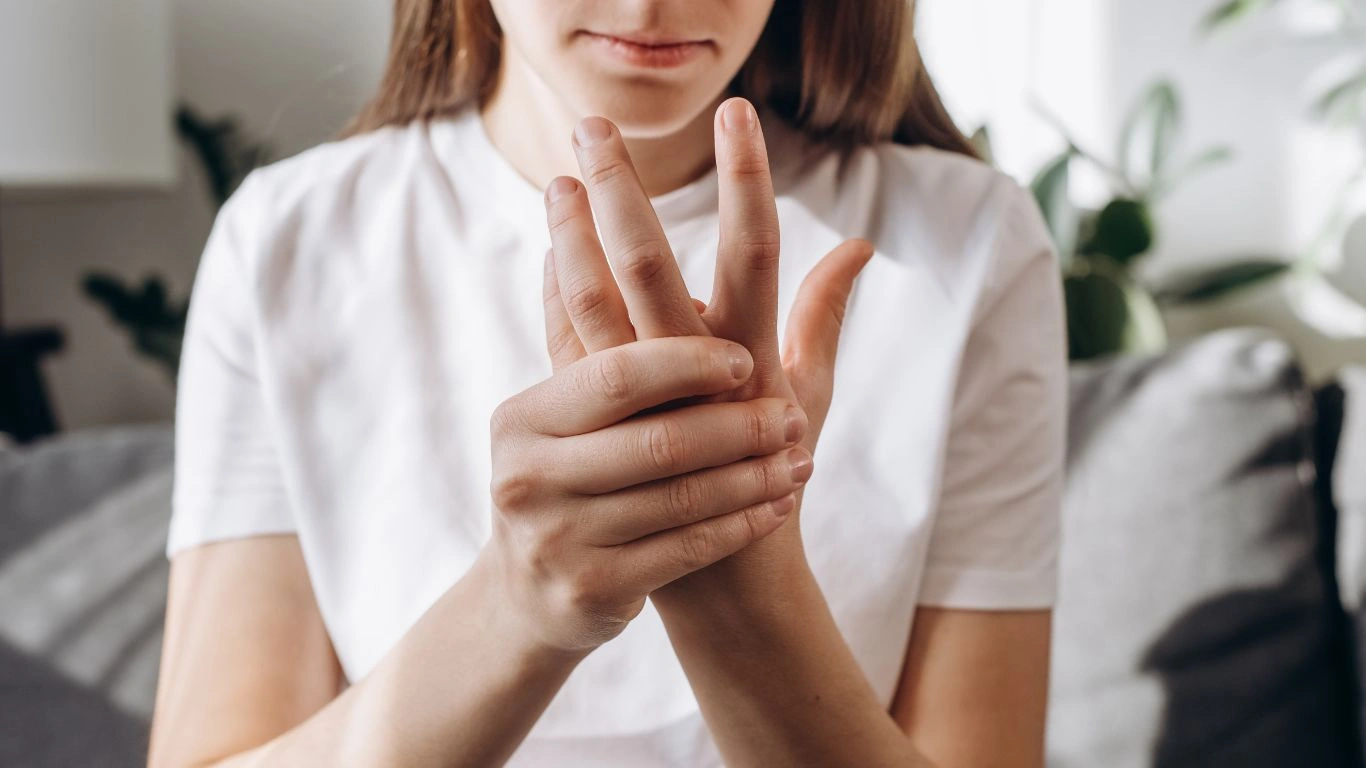
Occupational therapy doesn’t stop at home. Workspaces are another major source of joint stress, especially if you’re at a desk all day or have a physically demanding job. I always ask my patients how their workspace is set up—and nine times out of ten, there’s something we can tweak to make it more joint-friendly.
Ergonomics Matter—More Than You Think
I once had a patient who thought her wrist pain was from typing too much. Turns out, it wasn’t just the typing—it was how she was sitting. No wrist support, keyboard too high, mouse in an awkward position. After we made a few changes (including a soft keyboard pad and a vertical mouse), she called me a week later and said, “Tarra, my hands feel like they’ve been on vacation.”
- Adjust your chair height so your elbows stay at 90 degrees while typing
- Use a headset or speakerphone to avoid cradling the phone between your shoulder and neck
- Take micro-breaks every 30–60 minutes to stretch and reset
Assistive Technology and Smart Tools
We’re lucky to live in a time when assistive devices and tech are more accessible than ever. Voice-to-text software, touchless tools, adjustable standing desks—it’s all out there. And they’re not just for extreme cases. I’ve seen plenty of folks with mild to moderate RA benefit hugely from these upgrades. It’s about working smarter, not harder.
Protecting Your Mental Energy, Too
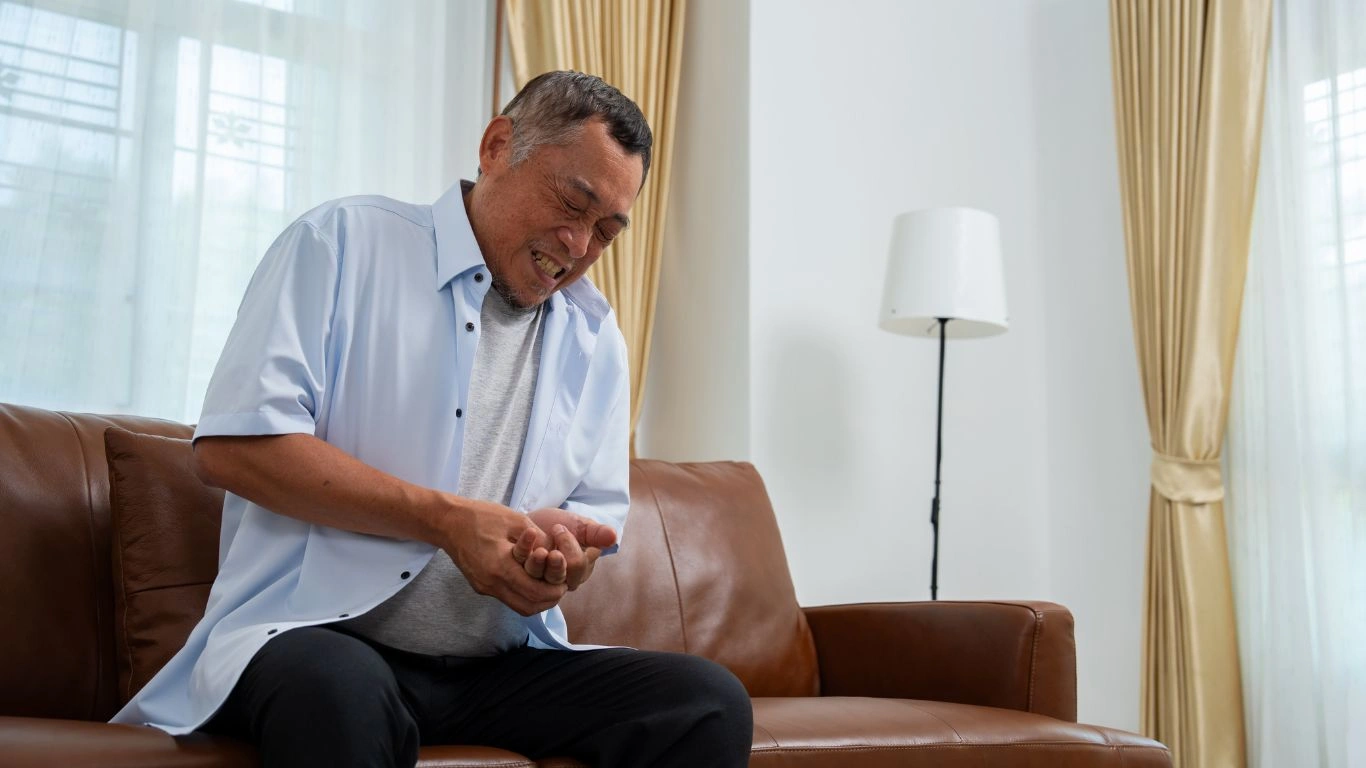
We talk a lot about physical pain with RA, but mental fatigue is just as real. It’s exhausting to constantly plan, pace, and adapt. That’s why occupational therapy isn’t just physical—it also helps patients with mental and emotional coping strategies. And let me tell you, it’s okay to grieve the version of life you thought you’d have. I’ve had patients cry in my office, and that vulnerability? That’s strength.
Making Space for Rest Without Guilt
Rest doesn’t have to be earned—it’s part of your treatment plan. But so many of my patients feel guilty for slowing down, especially caregivers or professionals who’ve always been “on.” One strategy that works beautifully is scheduling rest like you’d schedule any other appointment. That way, it’s non-negotiable. You’re not “being lazy”—you’re showing up for your health.
Creative Outlets as Therapy
Some of the most powerful healing I’ve seen comes not from medication, but from creativity. Patients who take up knitting (with adaptive needles!), painting, journaling—even gardening—often say it helps them reconnect with themselves. One woman told me her garden became her sanctuary, even though she could only work in it 15 minutes at a time. “It’s not about how much I do—it’s that I’m doing something I love,” she said. That stuck with me.
When to Reconnect With Your Occupational Therapist
RA is a moving target. What worked for you six months ago might not work now. So please—check back in with your OT regularly. I always encourage my patients to schedule follow-ups every 3 to 6 months, or sooner if they’re noticing new pain patterns or activity limitations.
Here are a few signs it might be time for a refresher:
- Daily tasks are becoming more painful again
- You’ve had a recent flare that’s lingering longer than usual
- There are new challenges at work or home that need creative problem-solving
Remember, your OT isn’t just there for the beginning of your journey. They’re your partner for the long haul. And honestly, that ongoing support can make all the difference in how empowered you feel living with rheumatoid arthritis.
Making Movement a Non-Negotiable (In a Way That Works for You)
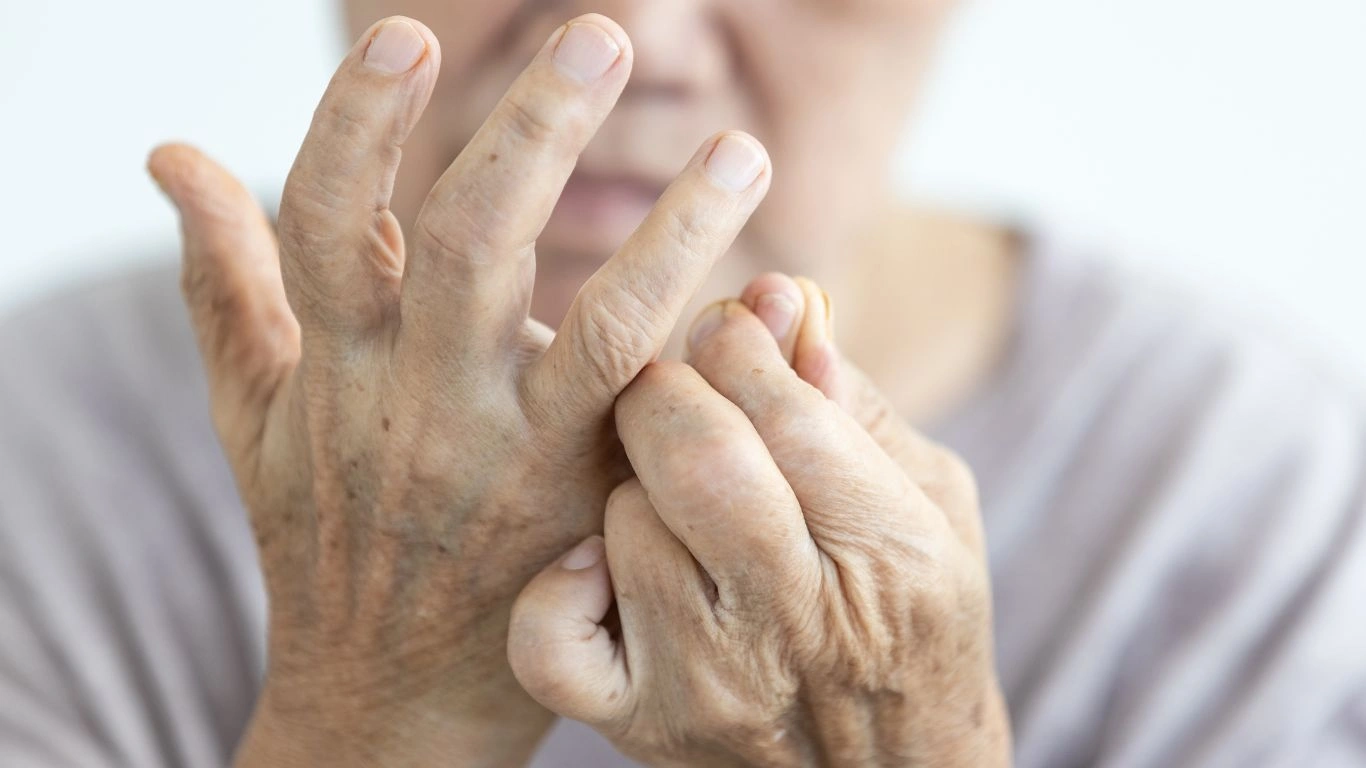
Let’s talk about movement—because, yep, we’ve got to. I know how tempting it is to stay still when you’re sore. But here’s the thing: motion is lotion for your joints. That’s something I tell all my patients. Staying active (even just a little bit) can help reduce stiffness, boost energy, and maintain range of motion. It’s not about running marathons—it’s about keeping those joints as happy as possible.
Gentle Exercise Ideas That Pair Well with OT
You don’t have to join a gym or start lifting weights to move more. Actually, some of the best activities for RA are low-impact and soothing. These are my go-to recommendations, especially when paired with occupational therapy techniques:
- Water aerobics – Buoyancy reduces joint stress, and many pools offer arthritis-specific classes.
- Chair yoga – A great intro if traditional yoga feels intimidating or painful.
- Stretching routines – Your OT can customize these to focus on problem areas like hands, wrists, hips, or shoulders.
- Light resistance bands – Safe for home use and can help build endurance without overloading the joints.
I had one gentleman in his 70s who swore by his twice-weekly tai chi class. He told me it helped not just his flexibility, but also his balance and confidence. And confidence, especially when you’ve been living with chronic pain, is huge.
RA Flares Happen—Here’s How OT Helps You Bounce Back

No matter how carefully we manage RA, flares still sneak in. They can be triggered by stress, illness, weather changes—you name it. I always remind folks: it’s not a setback, it’s just part of the rhythm. Occupational therapy shines here because it gives you a recovery plan instead of just a “wait it out” mindset.
Flares Are the Time to Pivot, Not Panic
During a flare, your OT can help you modify your activities without stopping everything. Maybe you switch from cooking every night to prepping soft, easy-to-handle meals. Maybe your grooming routine goes from 30 minutes to 10, and that’s perfectly okay. The key is to protect your joints and conserve energy while your body resets.
One of my long-time patients developed a “flare toolkit” with help from her OT. It included:
- A written flare routine she could follow without thinking too much
- Pre-cut meals in the freezer
- Compression gloves for hand support
- Voice-to-text apps for texting or emailing
- A list of her favorite podcasts and soothing music for rest periods
She told me it helped her feel more in control, even when everything else felt chaotic. That’s the power of having a plan.
Building Long-Term Habits, Not Quick Fixes
Occupational therapy isn’t just a “do this once and you’re cured” kind of thing. It’s a relationship. A long-haul strategy. And when you really embrace it, you’ll start building habits that support your joints, your energy, and your mental health for the long term.
Set Weekly Micro-Goals
I’m a big fan of setting small, realistic goals that build momentum. Here are a few examples I’ve suggested to patients:
- “I’ll use my jar opener instead of trying to tough it out.”
- “I’ll organize one drawer this week to make essentials easier to reach.”
- “I’ll test out a new grip aid tool for the kitchen.”
- “I’ll write down three things that went well each night, even if it’s just ‘I got out of bed.’”
These may seem small, but they’re powerful. Over time, they stack up into a new way of living—a way that works *with* your RA, not against it.
Celebrate the Wins (Seriously, Celebrate Them!)
Progress in RA isn’t always dramatic. Sometimes it’s just realizing you buttoned your shirt a little faster today, or you weren’t as exhausted after cleaning up the kitchen. I always encourage my patients to acknowledge these wins. Write them down, tell your OT, text your best friend—whatever works. You’re doing hard things, and that deserves recognition.
Final Thoughts from a Nurse Practitioner Who’s Walked This Road With Many
If there’s one thing I want people with RA to know, it’s this: you are not alone. Occupational therapy offers real, tangible relief—not just physically, but emotionally too. I’ve seen the light return to patients’ eyes when they realize they *can* keep doing what they love, just in a different way.
Occupational therapy is about independence. It’s about dignity. It’s about crafting a lifestyle that honors your limitations while celebrating your strength. And if you haven’t had a session with an OT yet? Maybe it’s time to give it a try. Trust me—your future self will thank you.
References
Disclaimer
This blog is for informational purposes only and is not a substitute for professional medical advice, diagnosis, or treatment. Always consult with your healthcare provider or occupational therapist before making any changes to your care plan.

Tarra Nugroho is a dedicated Nurse Practitioner with a strong foundation in family and preventive care. She brings both compassion and clinical expertise to her practice, focusing on patient-centered care and health education. As a contributor to Healthusias.com, Tarra translates medical knowledge into clear, empowering articles on topics like women’s health, chronic disease management, and lifestyle medicine. Her mission is simple: help people feel seen, heard, and informed—both in the clinic and through the content she creates. When she’s not caring for patients, Tarra enjoys weekend hikes, plant-based cooking, and curling up with a good health podcast.






